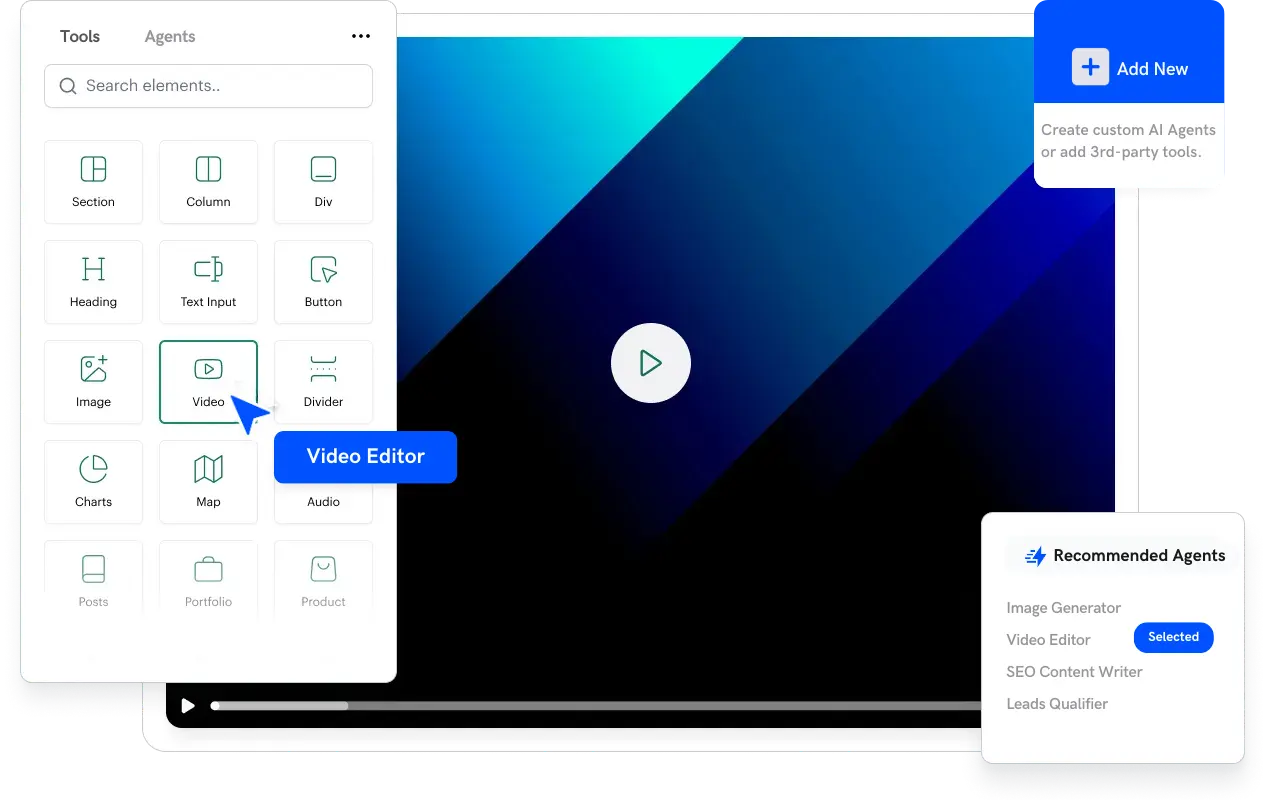Introduction
In today’s dynamic work environment, optimizing office space utilization and remote work efficiency has become a critical focus for organizations. With the growing trend toward hybrid work models, businesses must balance physical office environments with remote work setups. Studies from CBRE and JLL suggest that intelligent space management can reduce real estate costs by up to 15% while improving employee productivity. AI is at the forefront of this evolution, offering tools that provide deep insights into space utilization, occupancy rates, and remote work patterns. This article explores the impact of AI on managing office spaces and enhancing remote work efficiency, providing actionable strategies, research findings, and a spotlight on how TurboMode AI aids in automating actionable tasks.
Optimizing Office Space Utilization with AI
Traditional office management often relies on static layouts and manual observation. AI transforms this by:
- Analyzing Occupancy Data:
Sensors and smart devices collect data on how frequently different areas are used. - Dynamic Space Allocation:
AI algorithms optimize workspace distribution based on real-time occupancy, ensuring that space is used efficiently. - Predictive Insights:
Historical data helps predict future space requirements, informing renovation and expansion decisions.
Enhancing Remote Work Efficiency
- Advanced Collaboration Tools:
AI-powered video conferencing and virtual collaboration platforms facilitate seamless remote teamwork. - Task and Project Management:
AI solutions monitor remote work patterns and help schedule tasks, ensuring that teams remain aligned. - Employee Engagement Analytics:
Tools track remote work engagement and provide insights into productivity drivers and potential burnout risks.
TurboMode AI Spotlight
TurboMode AI contributes to both office and remote work efficiencies by automating the conversion of conversations into actionable tasks. This enables instant follow-ups and ensures that nothing falls through the cracks, whether you’re in the office or working remotely.
“We’re shifting the game from managing work to getting work done.”
Boost your space utilization and remote work productivity—book a demo today.
Strategies for Implementation
- Utilize Smart Sensors:
Install IoT sensors in office spaces to gather accurate occupancy data. - Adopt Integrated Collaboration Platforms:
Choose AI-driven tools that offer seamless integration between physical office management and remote work systems. - Flexible Space Design:
Incorporate adaptable furniture and space layouts that can be reconfigured based on real-time occupancy data. - Monitor Remote Work Patterns:
Use analytics to understand remote work productivity and adjust management practices accordingly. - Implement a Hybrid Strategy:
Develop policies that balance office and remote work, ensuring that both environments are optimized for productivity.
Case Studies and Research Insights
A multinational corporation that implemented AI-based space utilization analytics reduced its real estate costs by 12% while increasing office productivity. Another company that embraced an AI-driven remote work management system reported a 20% rise in employee satisfaction and a 15% boost in project completion rates.
Challenges and Considerations
- Data Integration:
Integrating occupancy sensors with remote work analytics requires robust infrastructure. - Employee Adaptation:
Transitioning to a hybrid work model may require significant change management and clear communication. - Privacy Concerns:
Data collection in both offices and remote settings must adhere to strict privacy standards.
Future Trends
- Real-Time Dynamic Scheduling:
Future systems will automatically adjust space allocation and meeting schedules based on real-time data. - AI-Enhanced Virtual Workspaces:
Integration of virtual reality (VR) could lead to immersive remote work experiences that mimic physical interactions. - Predictive Infrastructure Planning:
Advanced AI models may forecast changes in work patterns, guiding long-term investments in office infrastructure.
Conclusion
AI is revolutionizing office space management and remote work efficiency by providing actionable insights that drive smart space utilization and seamless virtual collaboration. Platforms like TurboMode AI take this to the next level by ensuring that actionable items from all communications are captured and executed efficiently. Embrace AI-powered solutions to optimize both your physical and virtual work environments—book a demo today and stay ahead in the modern workplace.






